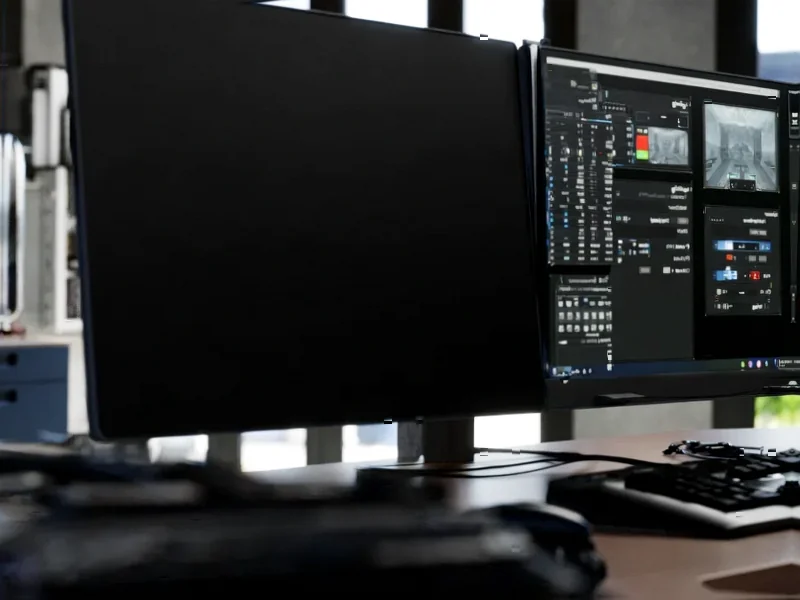According to GameSpot, Epic Games disabled The Simpsons couch in Fortnite on November 2 at 8:05 PM ET due to an invincibility exploit that required players to bring Homer’s car to the furniture, pickaxe the vehicle to zero health, then sit on the couch, causing an explosion that set player health to zero permanently while allowing squadmates to revive them into an invincible state. The timing was particularly unfortunate as it occurred just five minutes after The Simpsons episode featuring a Fortnite-themed couch gag aired, during the opening weekend of The Simpsons season in Fortnite that transformed the entire island into Springfield with locations like the nuclear power plant and Moe’s Tavern. This incident highlights the technical complexities that can emerge even in highly anticipated collaborations.
The Technical Root of the Couch Exploit
The invincibility glitch represents a classic case of unintended interaction between game systems that weren’t properly tested together. When Epic Games integrated The Simpsons content, they likely treated the couch as standard interactive scenery without anticipating how it would interact with vehicle destruction mechanics. The technical failure appears to be in the state management system – when a player sits on the couch immediately after vehicle destruction, the game’s damage calculation system gets stuck in an invalid state where health remains at zero but the player remains active, creating the invincibility condition upon revival. This isn’t just a simple bug but rather a fundamental architecture issue in how Fortnite handles simultaneous environmental interactions and combat states.
The Hidden Costs of Brand Collaborations
Major crossovers like The Simpsons integration present unique technical challenges that go beyond simple asset implementation. According to the official Fortnite Status account, the immediate disablement shows how critical gameplay integrity remains even during themed events. The Springfield map transformation represents one of Fortnite’s most ambitious environmental overhauls, requiring extensive modifications to collision detection, physics systems, and interactive object programming. When developers integrate third-party IPs, they’re working with pre-established design constraints – the couch needed to look and behave like its animated counterpart while fitting into Fortnite’s established interaction systems, creating compatibility challenges that standard testing might miss.
Why Invincibility Explits Break Competitive Games
What makes this particular bug so damaging is how it fundamentally undermines Fortnite’s competitive balance. As noted by Relishh’s analysis, the exploit could be reliably reproduced, meaning any team aware of the glitch could gain permanent invincibility through coordinated action. In a battle royale environment where elimination is the core mechanic, invincibility represents the ultimate game-breaking condition. The temporary removal demonstrates Epic’s commitment to maintaining fair play, but it also reveals how complex interaction systems in modern games can create unexpected vulnerabilities that sophisticated players can exploit.
What This Means for Upcoming Crossovers
The timing of this incident is particularly significant given dataminers’ suggestions about upcoming collaborations with properties like SpongeBob SquarePants and Harry Potter. Each new IP integration brings unique interactive elements that must be carefully vetted against Fortnite’s existing systems. The couch incident serves as a cautionary tale about the testing burden that comes with these ambitious crossovers. Future integrations will likely require more extensive stress testing of interactive objects, particularly those that involve complex player states or environmental interactions. As Fortnite continues to evolve as a platform for brand collaborations, maintaining technical stability while delivering authentic IP experiences will remain an ongoing challenge that balances creative ambition with engineering reality.
The Engineering Response to Game-Breaking Bugs
Epic’s immediate response – disabling the problematic asset entirely – represents standard industry practice for critical exploits, but the underlying fix will require deeper investigation. Developers need to examine not just the couch interaction itself, but how it interfaces with vehicle destruction, player state management, and revival mechanics. The fact that this involved multiple systems interacting in unexpected ways suggests the need for more comprehensive integration testing specifically focused on edge cases in collaborative content. As seen with previous iconic references like Stupid Sexy Flanders, maintaining both authenticity and stability requires careful balancing of creative vision and technical implementation.




